Late summer tastes like heirloom tomatoes, watermelon, and sweet corn- if you planted it with good companions in the spring, that is.
Corn is a popular vegetable garden crop, though pests can make it difficult to grow. Whether you’re trying to fit many plants into a small space or would like to interplant for the numerous benefits companion planting provides, it is helpful to know which plants get along well with corn and which do not. The best companion plants for corn will deter pests, attract beneficial insects, improve the growth of the plants, and otherwise help you get a sweet, bountiful harvest.
Plant the following plants alongside corn for the many wonderful benefits they provide, as well as receive from corn to help your garden grow strong and healthy.
1. Beans
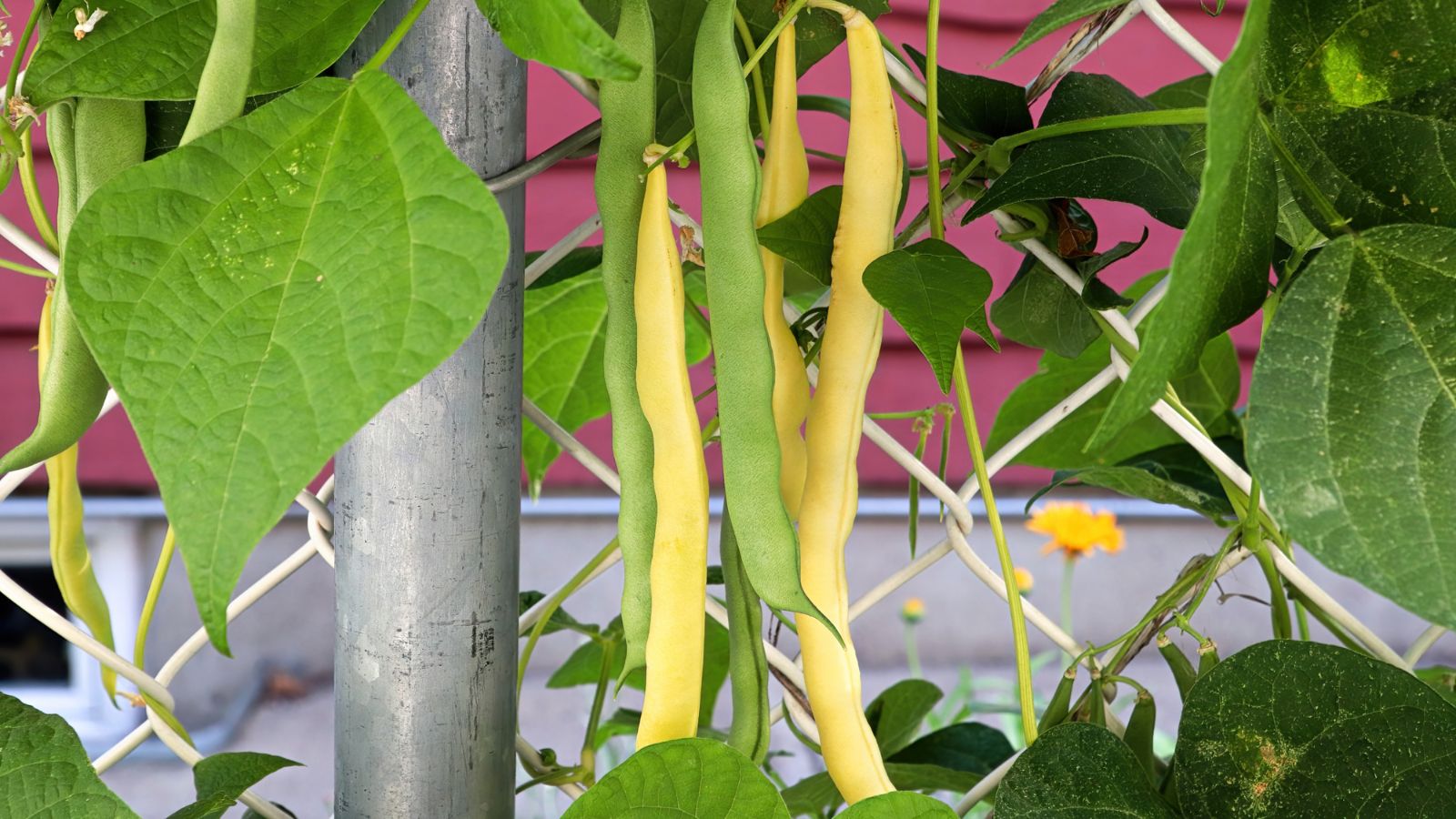
Image Credit: YayImages
When planted with or even the season before corn, beans provide the essential nutrient nitrogen, contributing to the healthy growth of the corn. Pole beans in turn benefit from growing with corn, as these climbing vegetables can use the stalks for vertical support.
2. Borage
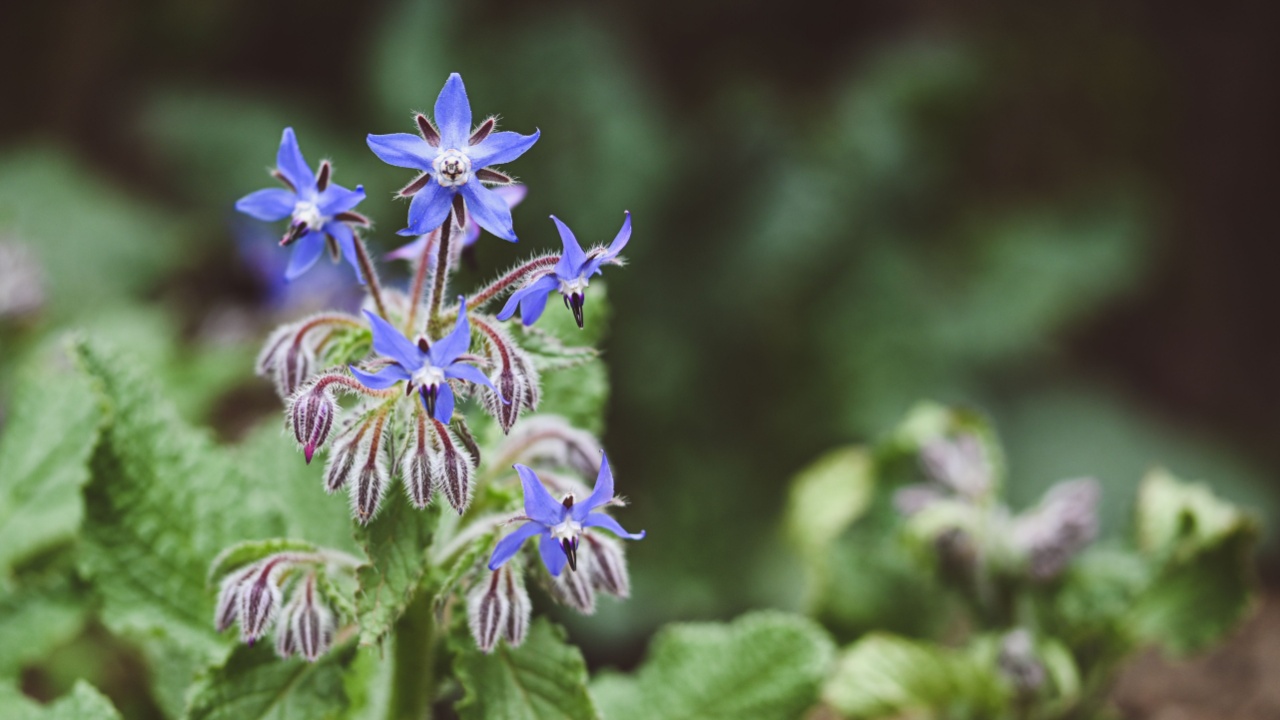
Image Credit: Shutterstock.
Borage deters insect pests that might damage your corn crop, and the lovely blue flowers of this herb also attract beneficial insects, like pollinators and predators. Learn about growing borage and its benefits.
3. Cucumber

Image credit: Backyard Garden Lover.
Because it sprawls and climbs, cucumber acts as a living mulch under corn, shading out weeds and improving soil moisture retention with its broad leaves. Like beans, cucumber vines will also use the cornstalks as living trellises.
Love cucumbers? Check out my guide to growing cucumbers and enjoy a bountiful harvest.
4. Dill
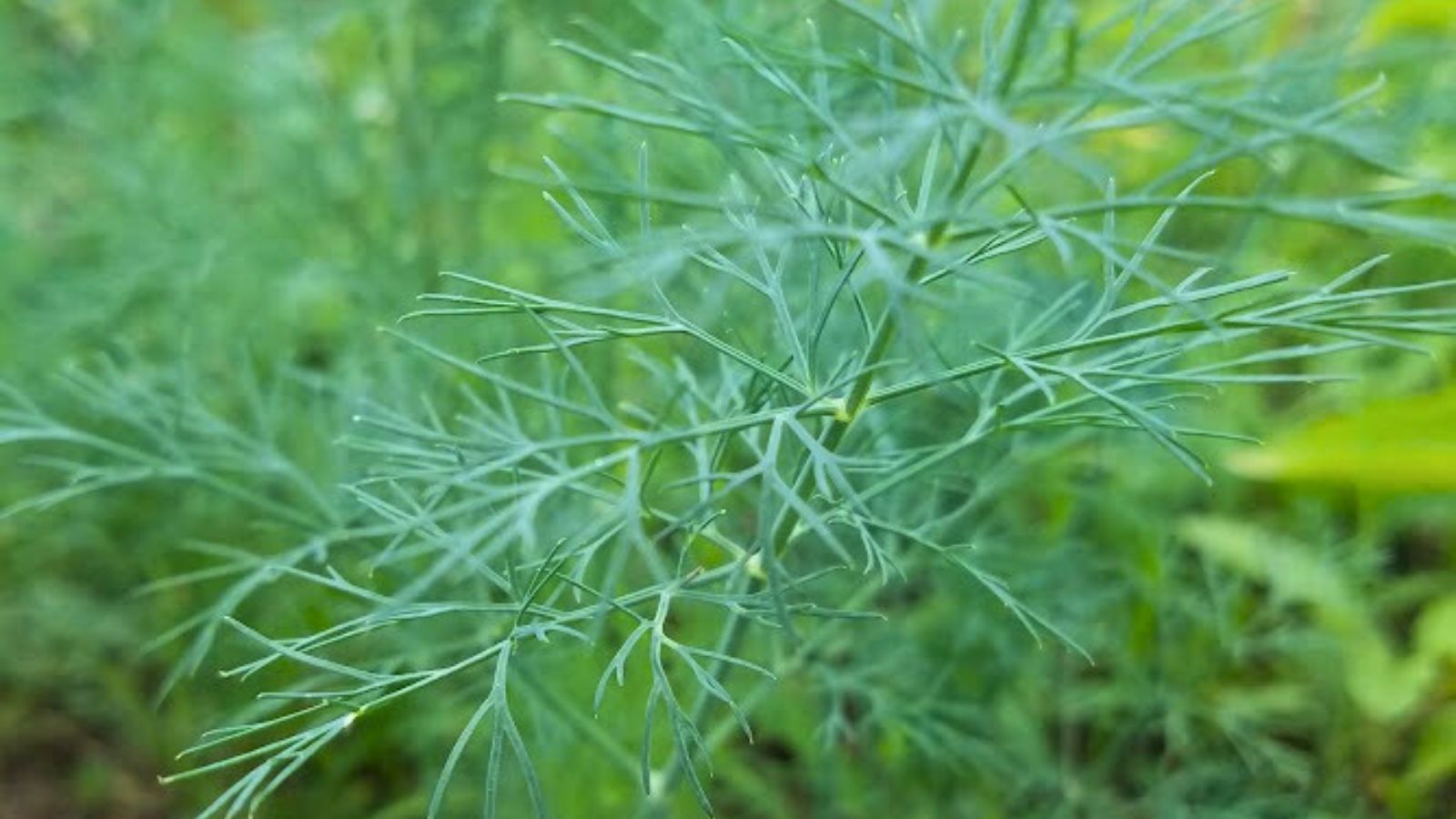
Image credit: Backyard Garden Lover.
With its strong aroma and large umbels of yellow flowers, dill attracts beneficial insects, like parasitic wasps, hoverflies, and ladybugs, that prey on corn pests. It also acts as a magnet for pollinators, which will help your other fruiting crops (corn is pollinated by wind).
5. Marigold
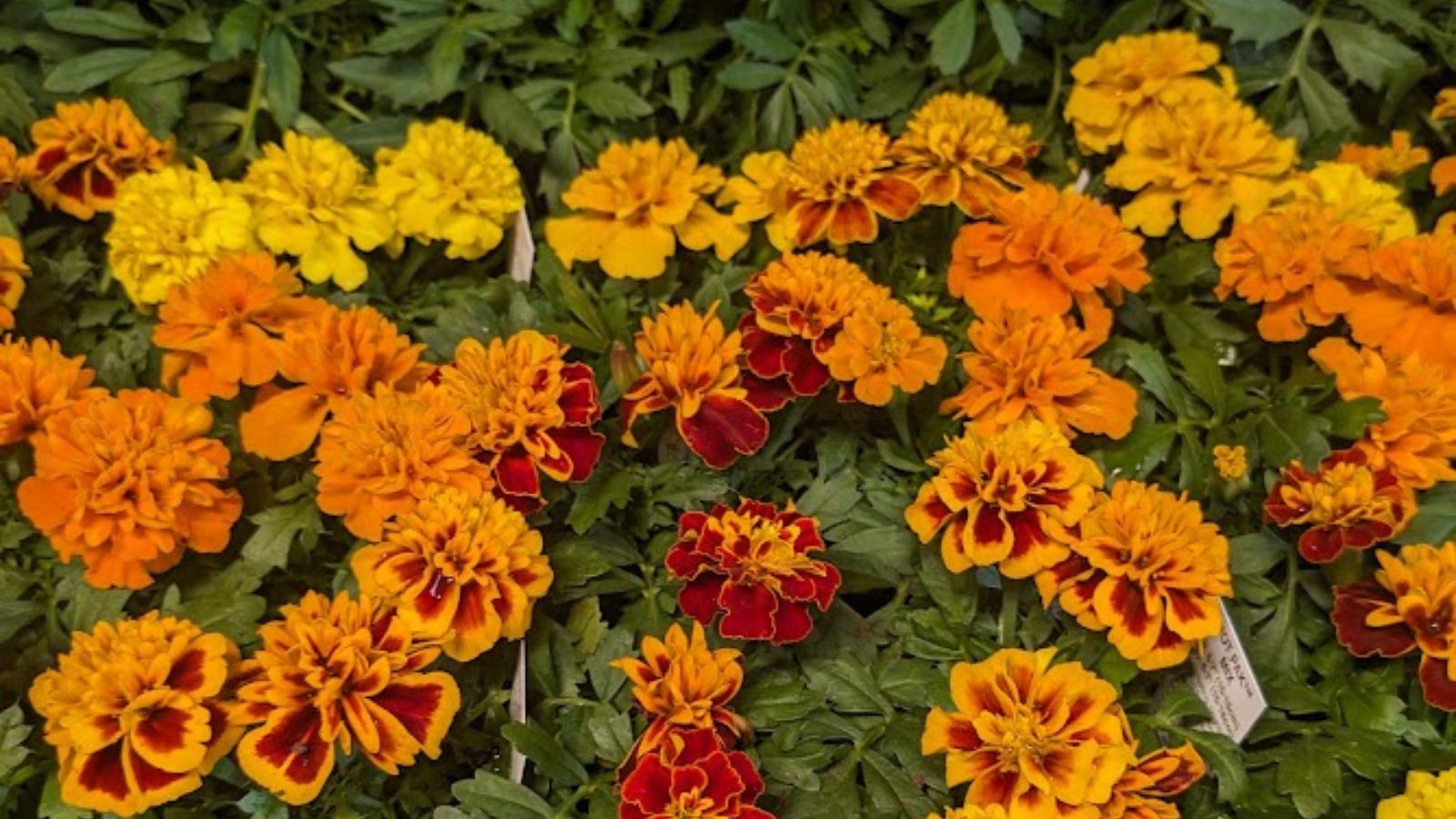
Image credit: Backyard Garden Lover.
In addition to adding a lovely pop of bright color to the garden, marigolds deter a wide range of insect pests that plague the garden, such as aphids and Japanese beetles. These cheerful classic flowers deserve a spot (or several!) in every vegetable garden. Here’s how to grow marigolds.
6. Melon

Image credit: YAY Images.
Melons, like cucumbers, have sprawling vines with large leaves that suppress weed growth and help keep moisture in the soil. As a bonus, you get two classic summer foods from one garden bed, so you’ll be ready for garden-fresh backyard cookouts. Yum!
7. Mint

Image Credit: Shutterstock.
Deer and other grazing animals that tend to mow down entire stands of corn are often repelled by the strong fragrance of mint and members of the mint family, like sage and hyssop. Keep in mind, though, that mint spreads aggressively and will be best planted in pots set around the corn patch instead of interplanted with the corn.
8. Nasturtium
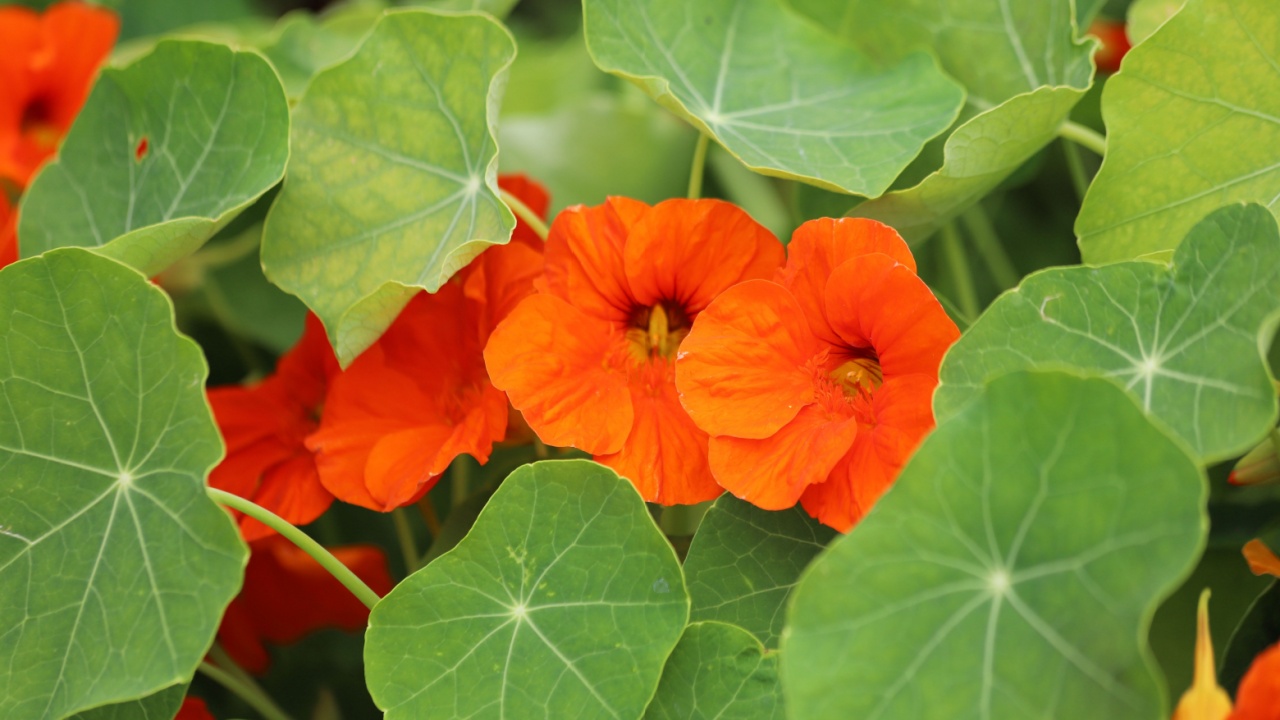
Image Credit: Shutterstock.
Nasturtiums are another lovely flower that deters insect pests, from tiny aphids and whiteflies to beetles. Traditional vining varieties also offer some ground cover, while dwarf types can be tucked into smaller spaces. Here’s how to grow nasturtiums.
9. Peas

Image Credit: Shutterstock.
Like beans, peas fix nitrogen in the soil, providing an essential nutrient for healthy corn growth. I’ve also found that corn, planted a month or two after spring peas, grows up to provide cooling shade that allows the well-established peas to continue growing lushly and producing for several weeks past their usual season end. Learn more about growing peas.
10. Thyme

Image credit: Backyard Garden Lover.
Another aromatic herb, thyme discourages insect pests like corn earworms from attacking corn planted nearby. While you can plant this perennial herb directly in the ground with the corn, you might want to keep it in a container so you can enjoy it for several seasons.
11. Winter squash

Image credit: Backyard Garden Lover.
Winter squash provides the same benefits as cucumbers and melons, vining between the cornstalks to smother weeds and improve soil moisture retention with its large leaves. Some gardeners claim that the prickly squash vines also discourage raccoons from wading through them to get to the corn.
4 Worst Companion Plants for Corn – 1. Cabbage
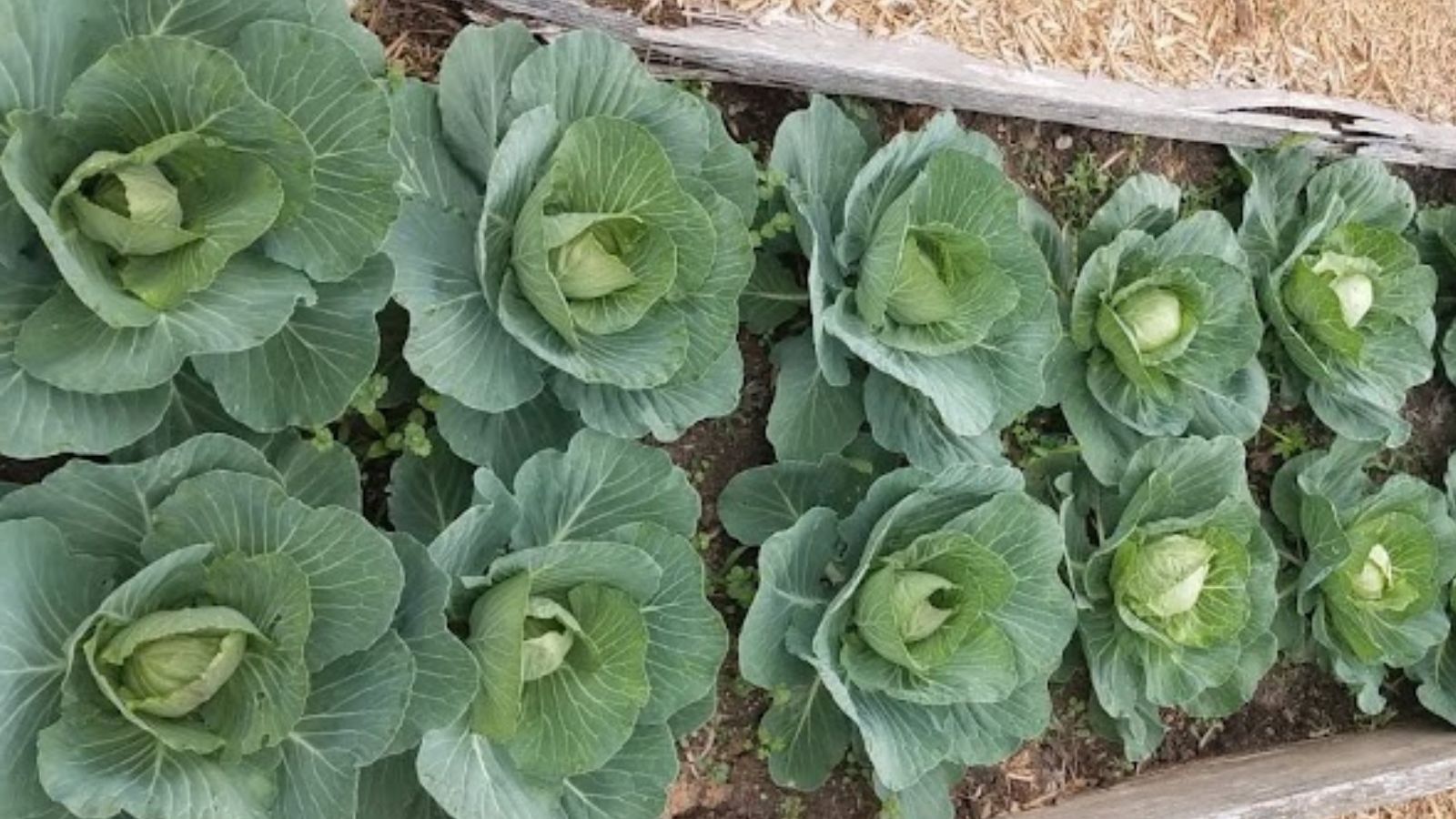
Image credit: Backyard Garden Lover.
Some plants just don’t get along. While many plants will grow harmoniously alongside corn, the following four vegetables should be planted in a different part of the garden. Some share the same pests, while others will compete for nutrients or even inhibit the growth of corn.
Cabbage and other brassicas — broccoli, kale, cauliflower, kohlrabi, brussels sprouts, etc. — are heavy feeders and thus will compete with corn for the nutrients in the soil. In addition, corn might provide a bit too much shade for brassicas, which like full sun despite being cool-season crops.
2. Eggplant
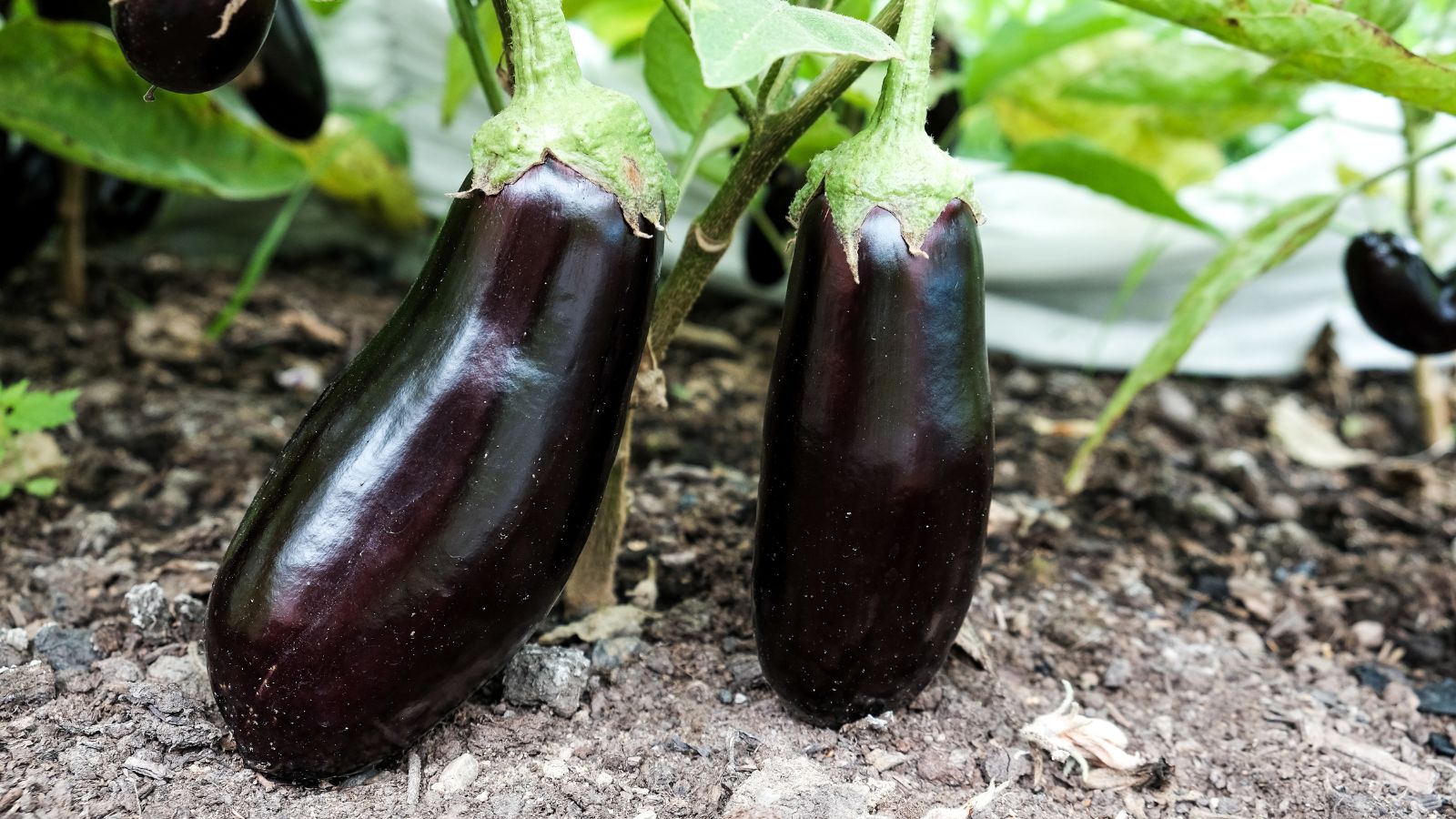
Image credit: YAY Images
Corn and eggplant often suffer from some of the same pests, such as tomato hornworm. Growing these two vegetables together might attract larger populations of such pests and allow them to spread more easily from one crop to the other, so make sure to keep them apart.
3. Fennel
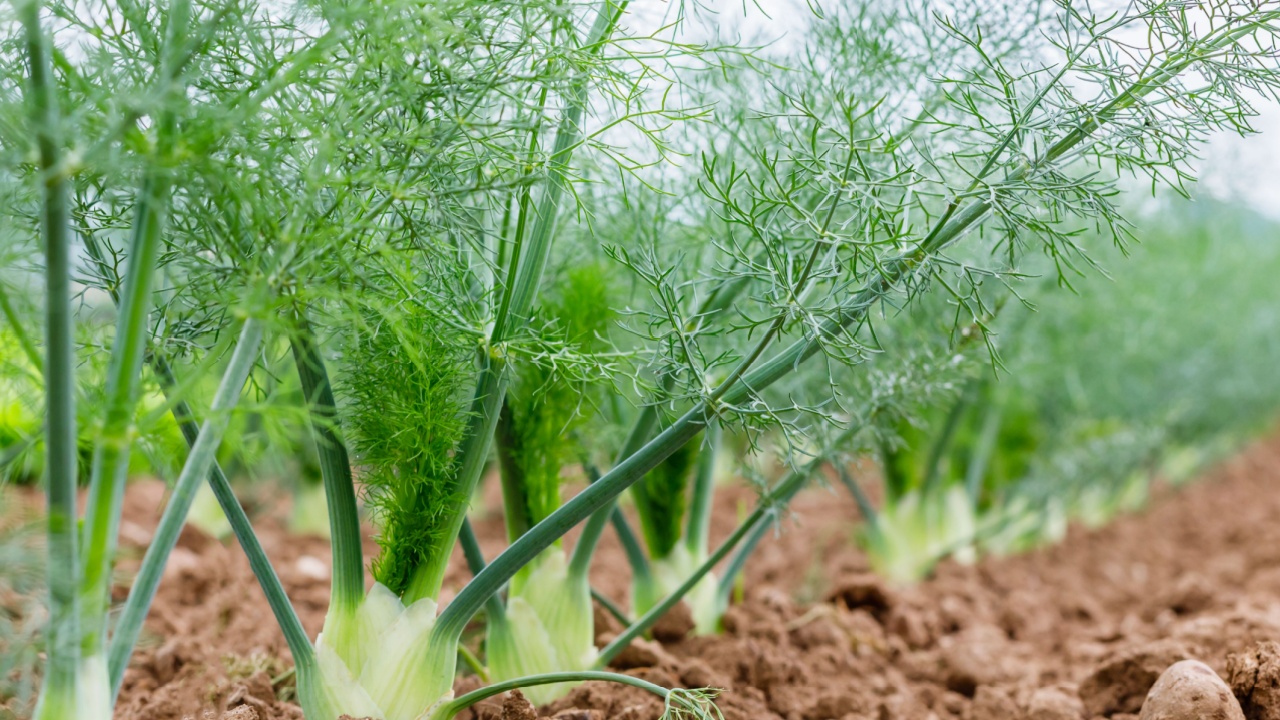
Image Credit: Shutterstock.
Fennel is the hermit of vegetable crops. It stunts the growth of plants growing too near, sometimes even to the point of killing them, to ensure that it maintains sufficient personal space. While it does attract beneficial insects, fennel should be planted in its own separate bed, away from corn and other crops.
4. Tomato
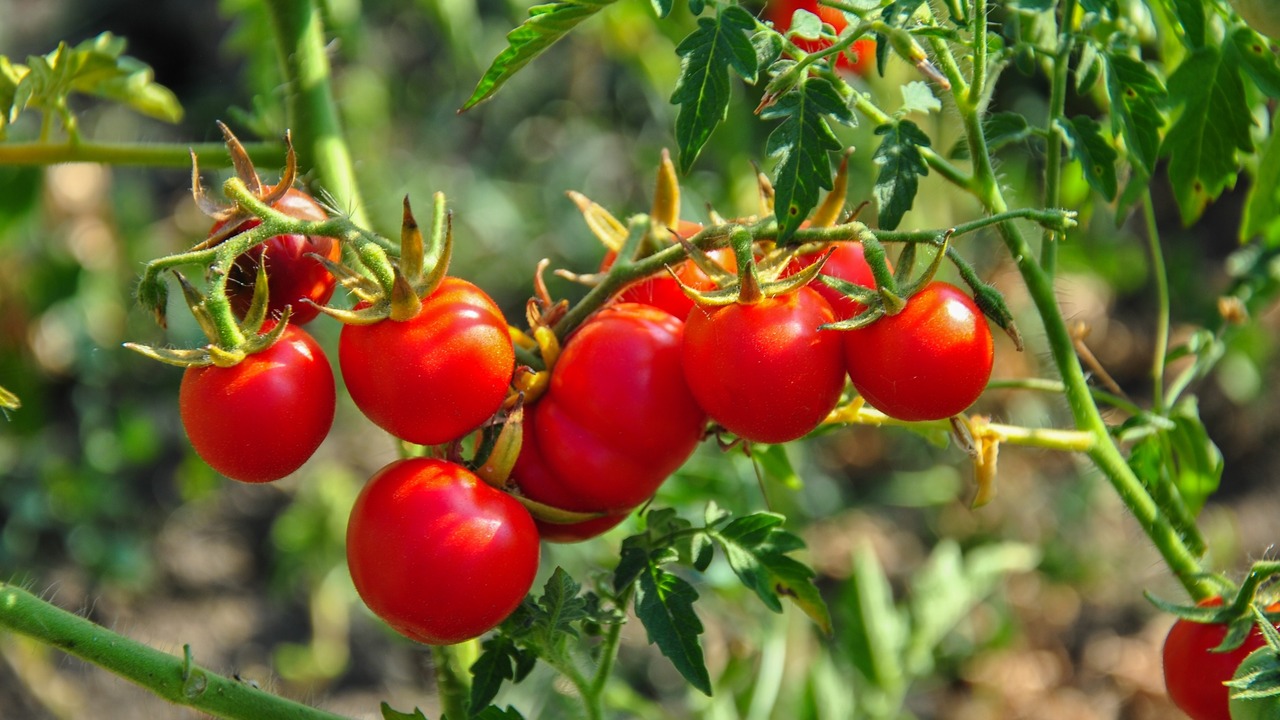
Image Credit: Shutterstock.
Like eggplants, tomatoes share some pests with corn. Tomato hornworms and corn earworms, despite their crop-specific names, enjoy munching on both tomatoes and corn. Planting these two vegetables in different sections of the garden will help prevent the spread of these pests from one to the other. Plus, tomatoes and corn will compete with each other for nutrients and sunlight.
Interplanting companion plants with corn will help ensure you harvest a bounty of sweet, juicy corn to enjoy on late-summer evenings. Try one or two from the list above, and see for yourself!

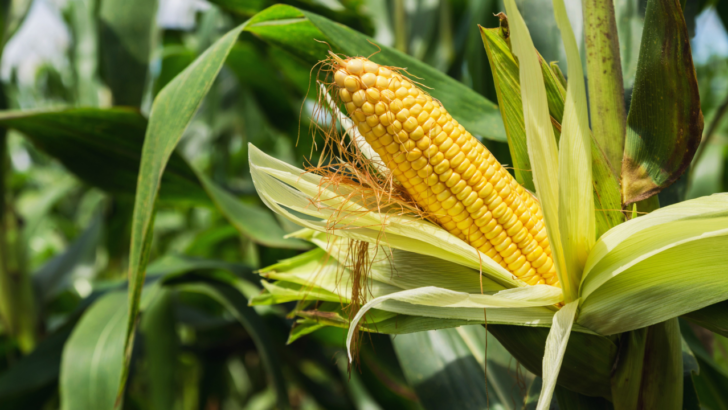

Companion Planting Guide (Including 7 Benefits Of Polyculture)
Tuesday 6th of September 2022
[…] Companion plants for corn […]